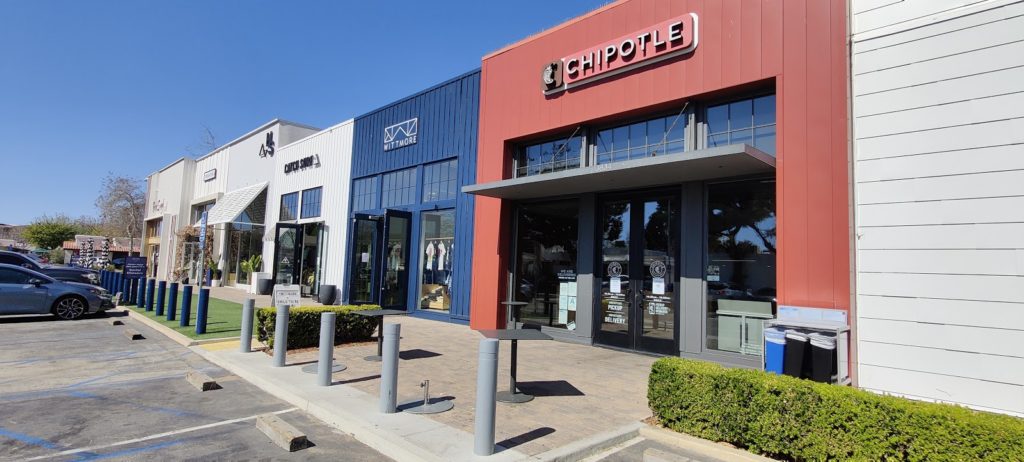 California local government cities are laboratories for implementing local control since each city determines how to best serve the needs of its people. City council members are agents in enacting change within a City. As a former city council member for the City of Artesia and one year president of California Contract Cities Association (CCCA), I have firsthand experience with developing law and policy for the benefit and safety of all residents.
California local government cities are laboratories for implementing local control since each city determines how to best serve the needs of its people. City council members are agents in enacting change within a City. As a former city council member for the City of Artesia and one year president of California Contract Cities Association (CCCA), I have firsthand experience with developing law and policy for the benefit and safety of all residents.
In April 2014, my mother-in-law Marisa Malin was killed and my three children injured when an elderly man got into his car, which was parked in a handicap spot facing the front of the restaurant, and he mistakenly put his car in drive. His car struck a crowd of restaurant-goers waiting at the Farrell’s Ice Cream Parlor, in Buena Park, CA. With the consent of my colleagues on the Artesia City Council, our city staff worked with storefront crash experts to develop an ordinance for new construction projects to protect pedestrians in outdoor dining areas from vehicle impacts. In April 2015, one-year after the death of my mother-in-law, the Artesia City Council voted unanimously to approve ORDINANCE NO. 15-81, which became the new outdoor dining and seating safety standard for the City of Artesia.
Through organizations such as CCCA, Independent Cities Association (ICA), and the League of California Cities (LOCC), I have been able to share my story and learn from other council members on what they are doing in their city.
Lou La Monte, Malibu City Councilmember, who also served with me on the CCCA Executive Board, remembered the day that my family was involved in that accident. “I was inspired by your work in Artesia, and how you were able to turn a personal tragedy into something that could save lives,” Lou told me. Using a copy of the Artesia Outdoor Dining ordinance, he worked with the Malibu City Manager and the City Attorney to develop a staff report for the Malibu City Council Agenda.
The Council was supportive of the proposal and referred it to the Public Safety Commission for review. With an ordinance specific to Malibu, drafted by the Commission, and a sign off by the City Attorney, the ordinance was unanimously approved by the Malibu City Council.
Since the approval from the Council, the City of Malibu’s ordinance resulted in crash-tested bollards from being installed at a number of commercial locations in the city, including Duke’s Malibu restaurant, Whole Foods Market, and Chipotle.
The City of Malibu is one example of a city implementing policy that will protect residents for years to come. Protecting the lives of residents and City visitors should always be a goal for elected officials. If you want to learn more about how to protect the people in your community, call me or visit the Atkore/Calpipe Security bollards website at [insert the link].
About the Author
Victor Manalo is a former council member and local government consultant. He served on the Artesia City Council for over 11 years and is a Past-President of the California Contract Cities Association. While on the City Council, he implemented an ordinance that became the outdoor dining and seating safety standard. He has worked on pedestrian safety issues as a municipal consultant with Calpipe Security Bollards and as the Director of the Storefront Safety Initiative, whose goal is to put an end to vehicle-into-building crashes. Contact Victor Manalo at Victor@VictorManalo.com for more information.
About Calpipe Security Bollards
Calpipe Security BollardsⓇ is a part of Atkore. They provide bollard products and bollard security services. Calpipe Security Bollards offers a wide range of bollards including – safety and architectural bollards, lighted and standard landscaping bollards, as well as crash-tested high-security bollards engineered for anti-terrorist or high-threat applications. Calpipe Security Bollards manufacturing facility is located in the City of Downey at 12160 Woodruff Ave. and is easily accessible from the 5, 105, and 605 Freeways. They are available to provide safety assessments, product specifications, and estimates for crash-tested bollards and other safety devices for cities and other local governments.
